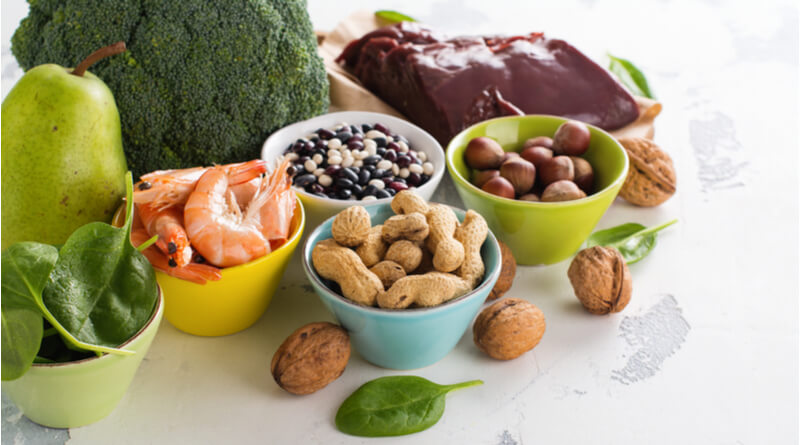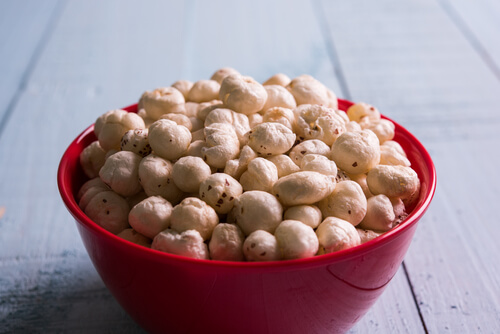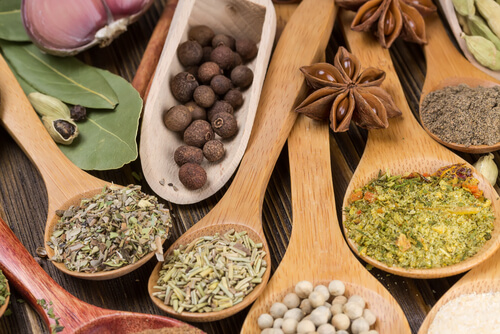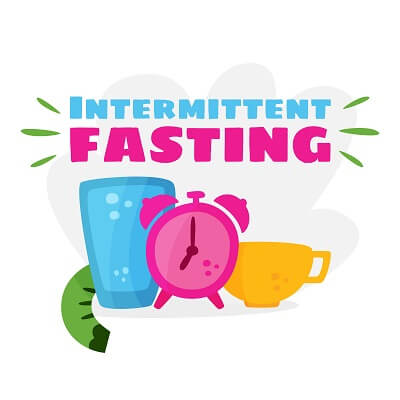Anemia is a medical condition where the body does not have enough red blood cells to meet its demand, either through blood loss, the body’s inability to produce enough red blood cells, or the destruction of red blood cells.
Red blood cells contain a compound known as hemoglobin, which is filled to the brim with iron. If your body does not have enough iron it cannot produce the hemoglobin it needs to produce red blood cells in sufficient quantity to deliver oxygen-rich blood throughout the body.
Anemia comes in many different forms, but the most common type of anemia is known as iron deficiency anemia. But anemia can also be caused by a lack of vitamin B 12 or folate. The latter is known as pernicious anemia. The basis for combatting any type of anemia is a good diet.
Anemia Diet Plan
A person’s diet effects their body in an uncountable number of ways, hence the phrase, “you are what you eat”. To combat anemia, it is important to emphasize the consumption of vitamin B12 and iron in your diet. Not only should it include those particular nutrients, but the diet should also include foods that help the body absorb the nutrients with greater efficacy. Some foods that are great to include in an anemia diet plan are below:
Leafy greens
Dark, leafy green vegetables like, spinach, kale, and collard greens are great sources of iron. They also tend to contain folate. Although, green veggies are great sources of iron, it should not be your only source due to its concentration of oxalates, a compound that inhibits the absorption of nonheme iron.
Meat & poultry
All meat, especially red meat, are great sources of iron. They also have compounds that increase the rate of iron absorption.
Liver
Organ meats are basically concentrated sources of iron and folate. Liver tends to be the most popular type of organ eaten, but you can get the same benefits from, other organs meats.
In short, a combination of leafy greens, meat , poultry and liver is all you need to combat anemia.








